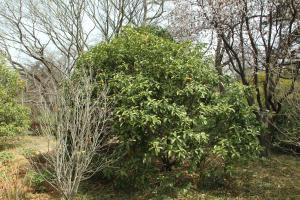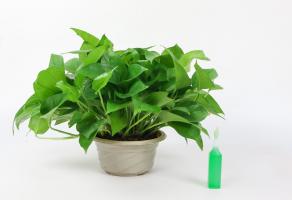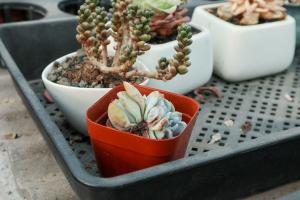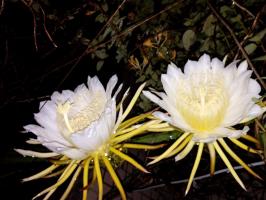Introduction
Self-watering planters have become increasingly popular in recent years. They offer convenience and help prevent the problem of underwatering or overwatering plants. One of the essential components of a self-watering planter is a wick that transports water from the reservoir to the soil. In this article, we will explore the materials that are commonly used to create wicks for self-watering planters.
Cotton Wicks
Cotton wicks are a popular choice for self-watering planters. They are readily available, inexpensive and natural. Cotton wicks are excellent at absorbing and retaining water, and they are strong enough to withstand the weight of the soil. However, they can decay over time and may require replacement after a few months.
Nylon Wicks
Nylon wicks are another popular choice for creating wicks in self-watering planters. They are durable, fade-resistant, and do not break down over time. Nylon wicks are excellent at transporting water from the reservoir to the soil, and they can withstand the weight of the soil without breaking. However, they are not as absorbent as cotton wicks and may require a more frequent water refill.
Polyester Wicks
Polyester wicks are a synthetic alternative to cotton and nylon wicks. They are made from a blend of polyester fibers and can be either woven or braided. Polyester wicks are durable, long-lasting, and able to withstand the weight of the soil without breaking. They are also excellent at transporting water from the reservoir to the soil. However, like nylon wicks, they are not as absorbent as cotton wicks and may require a more frequent water refill.
Natural Fibers
Other natural fibers such as hemp, wool, and sisal can also be used to create wicks for self-watering planters. Hemp is a strong and natural fiber that is also environmentally friendly. Wool has excellent water-holding capabilities, is durable, and holds its shape well. Sisal is a natural fiber that can retain water but may require more frequent watering because it's not as absorbent as cotton. However, natural fibers require more maintenance than synthetic fibers, and they may not be as durable.
Conclusion
Choosing the right wick material depends on the type of plant, the size of the planter, and personal preference. Synthetic materials such as nylon and polyester are durable and long-lasting, while natural fibers like cotton are absorbent and often readily available. It's essential to consider these factors when selecting the right wick material for your self-watering planter to ensure your plants stay hydrated and healthy.

 how many times do yo...
how many times do yo... how many planted tre...
how many planted tre... how many pine trees ...
how many pine trees ... how many pecan trees...
how many pecan trees... how many plants comp...
how many plants comp... how many plants can ...
how many plants can ... how many plants and ...
how many plants and ... how many pepper plan...
how many pepper plan...































